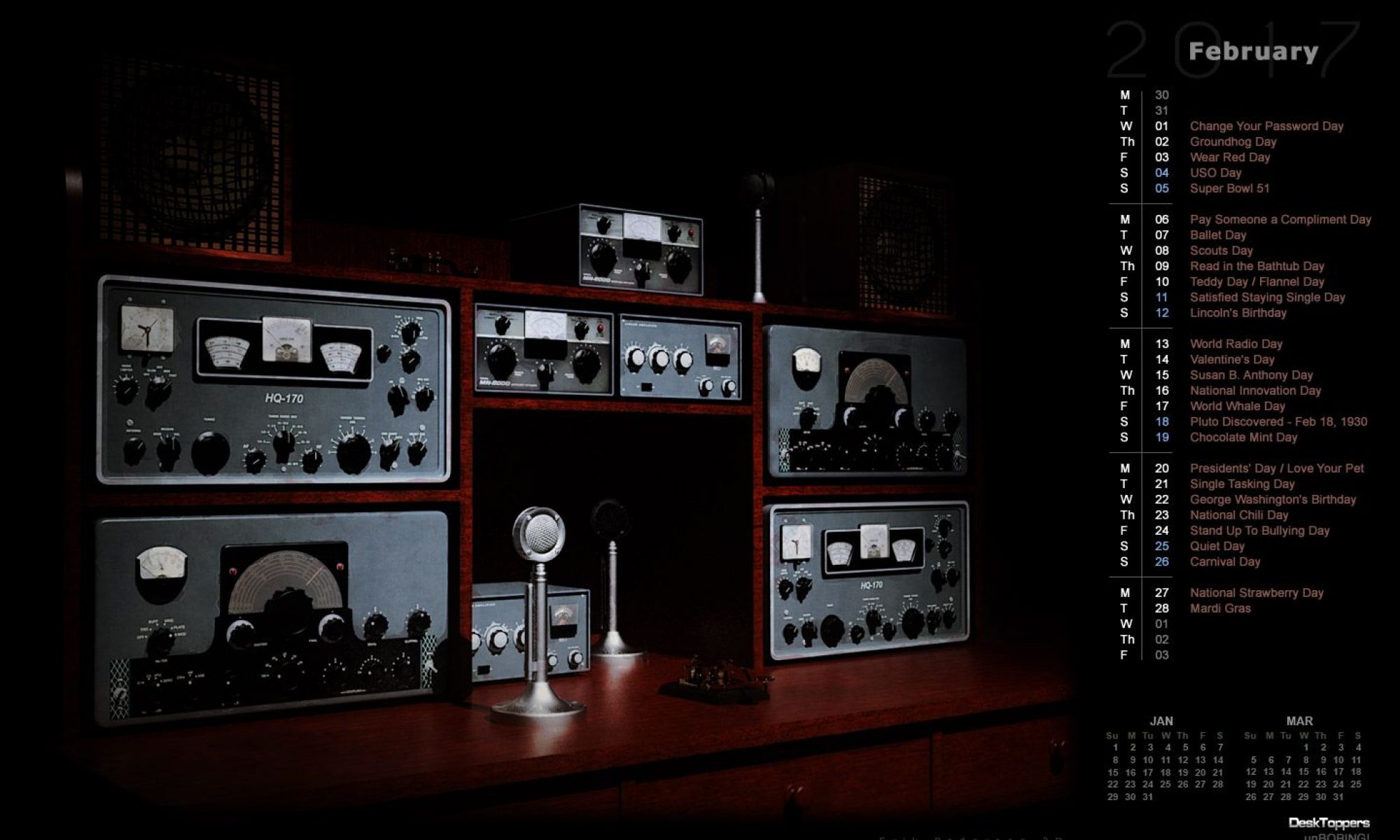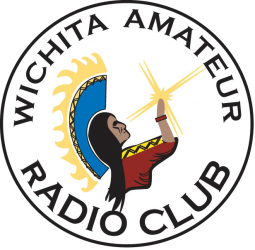The Wichita Amateur Radio Club, Inc., established in December, 1932, is the oldest Amateur Radio Club in Wichita and one of the largest in the State. Whether you are newly licensed, recently upgraded, or just getting back into the hobby…this club is your start to life-long friendships and an exciting hobby. Get to know us by looking around our website. We look forward to hearing you on the air (weekly net every Sunday at 8 PM) and seeing you at one of our meetings or events.
WARC is organized as a 501(c)(3) Public Charity. The objectives and purposes to be carried on are:
- The recognition and enhancement of the value of amateur radio service to the public as a voluntary, noncommercial communication service, particularly with respect to providing emergency communication;
- The continuation and extension of the amateur’s proven ability to contribute to the advancement of the radio art;
- The encouragement and improvement of the amateur radio service through rules which provide for advancing skills in both the communication and technical phases of the art;
- The expansion of the existing reservoir within the amateur radio service of trained operators, technicians and electronics experts;
- The amateur’s unique ability to enhance international good will.
WARC has a dedicated group of Board Members that are willing to consider your ideas for different activities. Just send us an e-mail or stop by a meeting.
Notice of availability of records: All requests for access to our records must be made in writing. Requester will be responsible for all costs incurred.
Photo from the 1970s of R. Lyle Surtees, W0UUS, the last of the original 1932 members to pass. In his honor, our Derby and Hutchinson repeater call signs were changed to his in 2006.
1932 signatures from the original members.
Historic Facts:
CONELRAD (CONtrol of ELectromagnetic RADiation) system was in effect from 1957-1962. Fearing that Soviet bombers could home in on radio signals to find targets during the USSR/USA cold-war, Hams were required to monitor an AM broadcast station at least every 10 minutes to be sure it was still on the air and shut down if broadcast stations went off the air. In the event of such an emergency, key 50 kW AM stations would move to either 640 or 1240 kHz to broadcast emergency information. The stations on each of those frequencies would go on and off the air in a continually varying sequence, while all carried the same audio to provide continuous information to the public.
Where did the term “Ham” come from? Early radio included many former wire telegraph operators, and within the new service “ham” was employed as a pejorative term by professional radiotelegraph operators to suggest that amateur enthusiasts were unskilled. It originated with telegraph operators to describe an operator with poor skills—“Ham fisted.” Today, Amateur Radio has embraced the term and made it its own.
The Hammarlund legend: Likely an example of corporate wishful thinking, Hammarlund products were supposedly so preeminent in the pioneering era of radio that they became a part of the language of radio. As the story goes, early radio enthusiasts affectionately referred to Hammarlund products as “Ham” products, and called themselves “Ham” operators. In truth, Hammarlund was a minor and barely known company at the time “Ham” started to be used.

